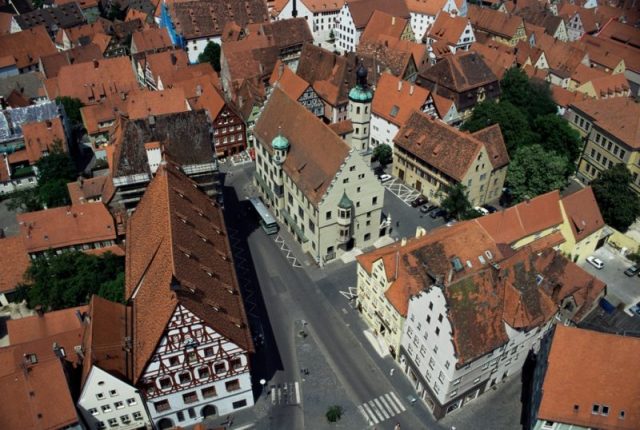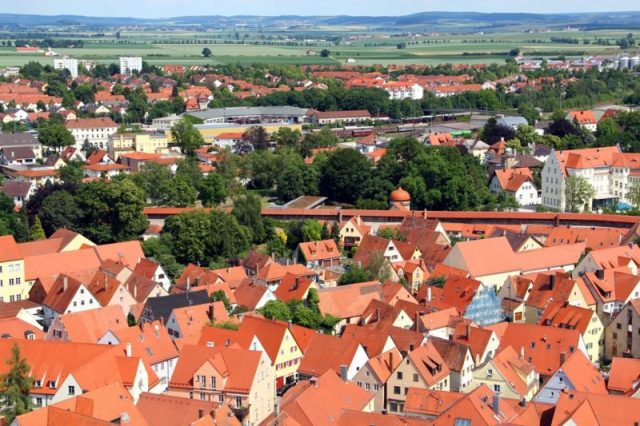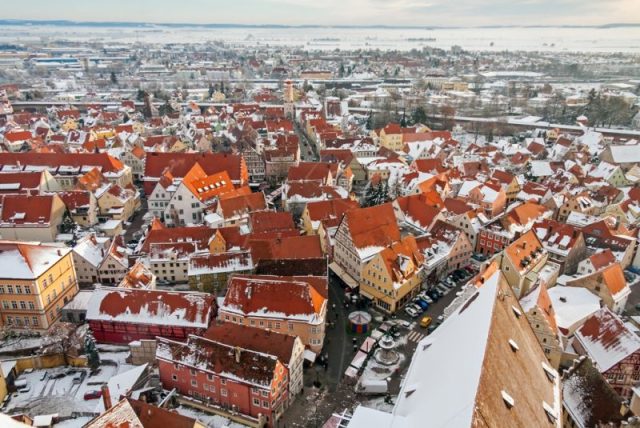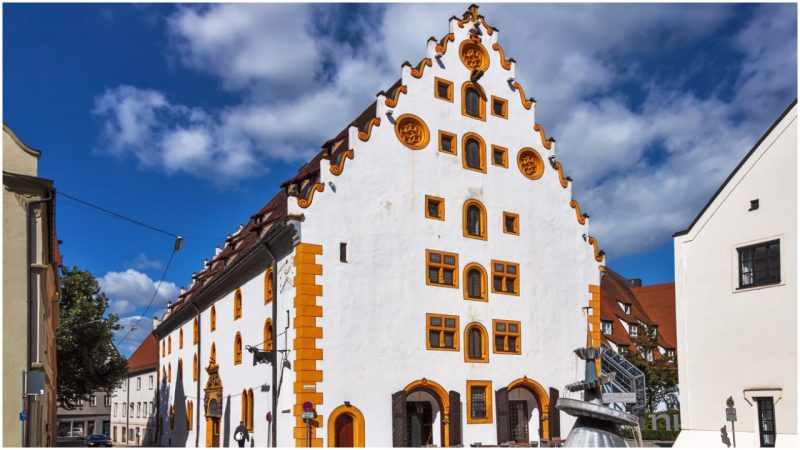Often referred to as the “king of gems,” diamonds have represented many things throughout the ages, including deep love, perfection, illumination, endurance, fearlessness, purity, and infinity. We suppose that you’ve probably heard “A Diamond Is Forever.”
It is certainly one of the best-known slogans of the 20th century, but more importantly, it was this slogan that helped establish the engagement diamond tradition, which persists to date, and over the years has become a symbol of everlasting love, serving as an inspiration for countless artists and writers.
From Marilyn Monroe, who delighted a worldwide audience with her unforgettable performance of “Diamonds Are a Girl’s Best Friend” in the 1953 musical Gentlemen Prefer Blondes, to the Beatles’ “Lucy in the Sky with Diamonds,” and more recently, Rihanna’s song “Diamonds,” the beloved gem has surely found its place in our pop culture.
Nonetheless, while for most of us diamonds remain a pricey status symbol, for some people diamonds are part of their everyday lives. The residents of the picturesque Bavarian town of Nördlingen, in southern Germany, are undoubtedly among those people.

You might assume that the town of Nördlingen is full of billionaires who can afford the luxury of owning lots of diamonds, but the facts state something else. As reported by Smithsonianmag, Nördlingen and its surroundings contain no less than 72,000 tons of diamonds due to an asteroid that struck this region some 15 million years ago.
To the casual eye, nothing looks unusual in the town of Nördlingen; it is quite similar to any other classic Bavarian town. But a closer look might reveal something truly astonishing–Nördlingen’s protective walls and buildings are embedded with millions of tiny diamonds.
When the asteroid hit the area, it left behind a nine-mile crater (the Ries crater) in which the town of Nördlingen lays today and additionally it created suevite, a type of rock formed from various materials, including glass, crystal, and diamonds, which is common at other impact sites.
According to one study, “The main carrier of diamonds in the Ries crater are glass bombs of the fallout suevite, formed by melting at shock pressures above 60 GPa.”
“We assume that the asteroid was a stony one with a weight of [approximately] three billion tons,” Gisela Pösges, a geologist and deputy director of the Ries Crater Museum in Nördlingen told the Smithsonian: “[We think that] the asteroid was a similar size to the town of Nördlingen, about one kilometer (less than three-quarters of a mile) across,“ she added.

The origins of the charming town of Nördlingen can be traced back to Roman times, but the first written record of a settlement here comes from 898. It rose to prominence during the Middle Ages thanks to its perfect location, which transformed it into a major trading center. Its city was built in the 14th century and it offers one of only three city walls in Germany that have remained intact over the centuries. St. George;s Church, which dominates the skyline of the town, is, like most of the buildings in Nördlingen, built of local materials, including chunks of suevite. It has been estimated that the church alone contains around 5,000 carats of diamonds, but according to Pösges, they are too tiny to have any economic value.
For centuries it was believed that the shallow depression was a volcanic crater and locals didn’t know that the materials they used for the construction of their homes were a result of a large asteroid that slammed into the earth.

It took quite a long time before geologists Eugene Shoemaker and Edward Chao revealed that an asteroid is what made the Ries crater. Its similarity to many moon craters made the Ries crater a perfect training location for Apollo 14 astronauts, who were sent to Nördlingen in 1970.
This rather strange phenomenon of buildings embedded with diamonds exists in other parts of the world as well, but the quantities of the beloved gem contained in Nördlingen’s buildings cannot be surpassed by any other known place.
